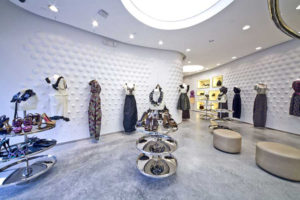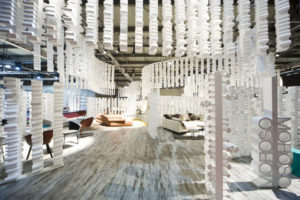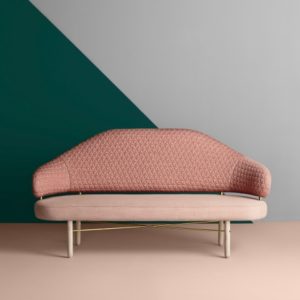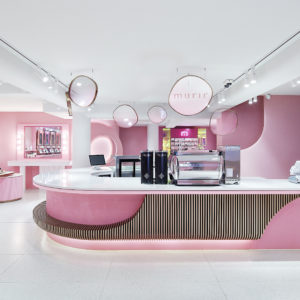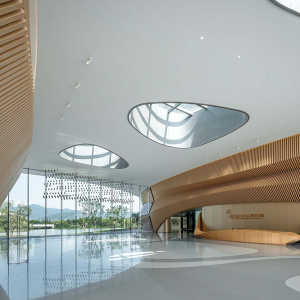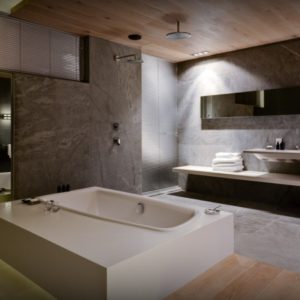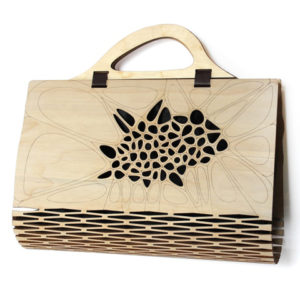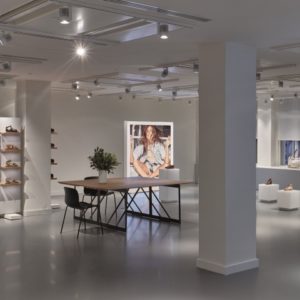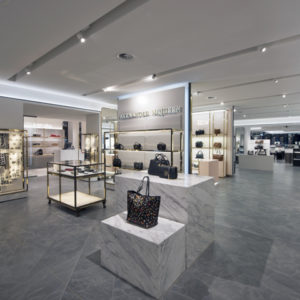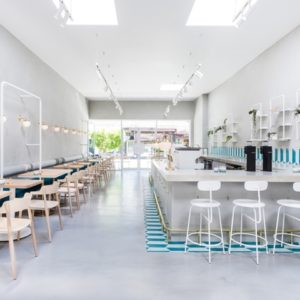
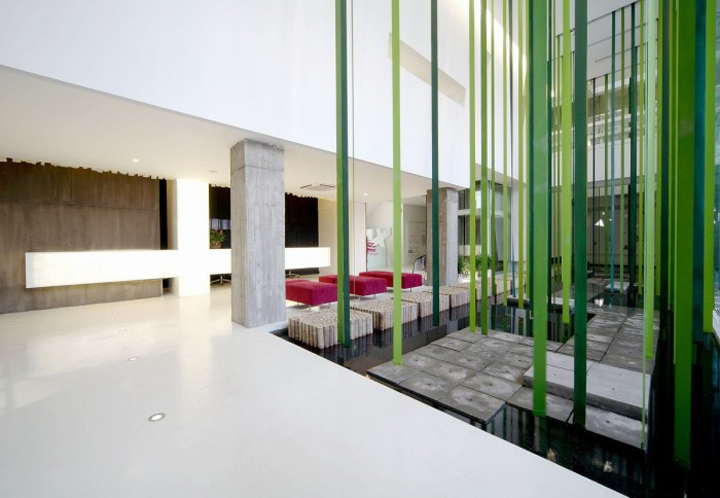

According the Mochen Office Interior architect: Our new office sits on the west side of the road. Before transformation it once was the Beijing Institute of TV Technology, a typical 1980’s office building with a courtyard.
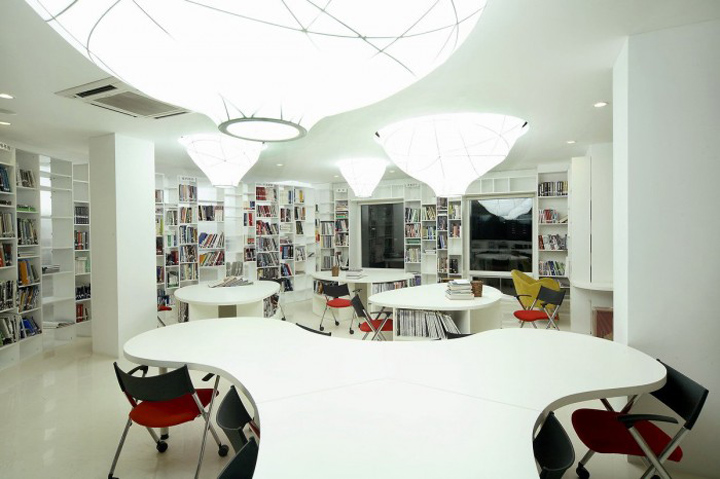
We found that construction along the Tong Linge Road is extremely diverse: both sides of the road are large tracts of courtyard houses that have been converted or added by the locals are in derelict condition and facing demolition; among the houses there are also multi-storey residential buildings built during the sixties and seventies, high-rise residential apartments built in the late nineties, a large government agency (Xinhua News Agency), a church with Chinese and Western elements, and even a vegetable market having its walls decorated with Roman columns.

Just as many parts of China which are constantly in construction, these buildings built in different periods and different styles caught between the two major city roads follow the growth of the old urban fabric. Seemingly chaotic and irrelevant development grew to display a wonderful order which has been accepted by the locals and become an integral part of their lives, as their formation and growth are in line with modern social and cultural background, and also result of various factors working together during the period of time.
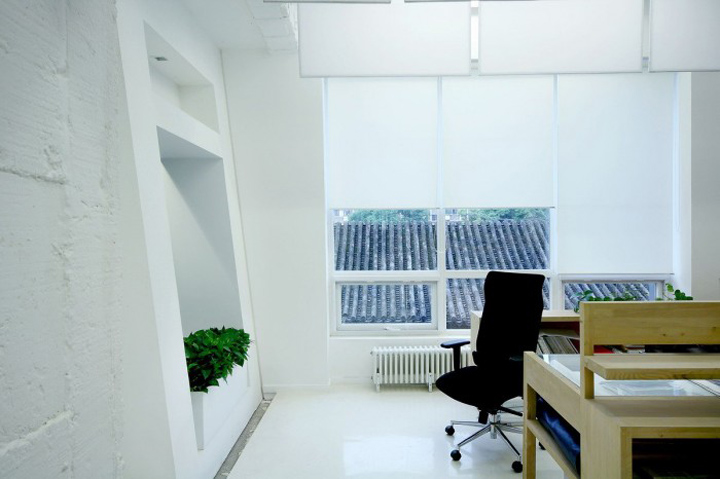
Like those settlements formed by individual unorganized behaviors thousands of years ago, this constant changing and sustainable development has formed a type of settlement in the new era, and destined to become history studied by the future generations after thousands of years. New construction happens on a daily basis and new order is established constantly, so in stead of chanting irrelevant slogans such as preserving old as old by those people suffering from Electra Complex, one should face the future architecture like an architect with modest attitude.

Faced with such a renovation project with specific but also generally applicable background, we wish to sustain the order that has formed in the area, not to destroy original diverse street spatial forms, tolerate every fragment, treat them as sections of history, as opposed to conducting so-called selective repair. New building is still quietly sitting a distance from the street; a courtyard separates the office from the urban space; original entrance mass is retained while simple treatments are used to enhance the sense of entering a place. We believe this truly embodies our objective to show respect for history.
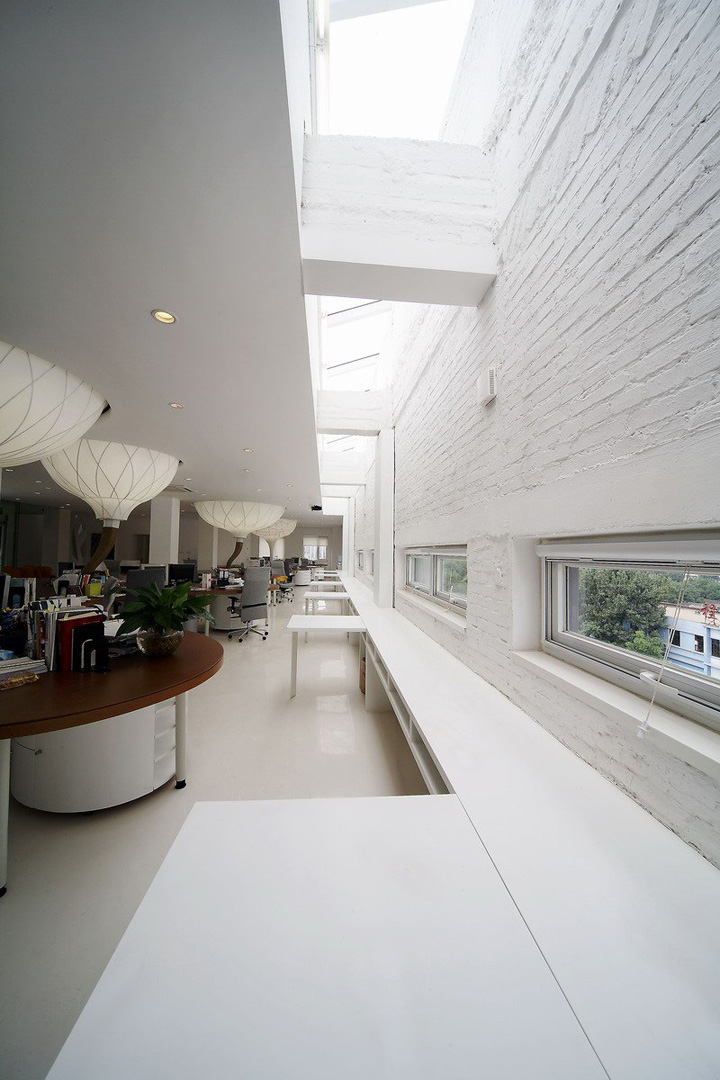
Specific to the building program, our inspiration and techniques are derived from pursuit of Chinese traditional culture, as re-establishment of culture and tradition awareness is the premise to avoid extinction of diversity.
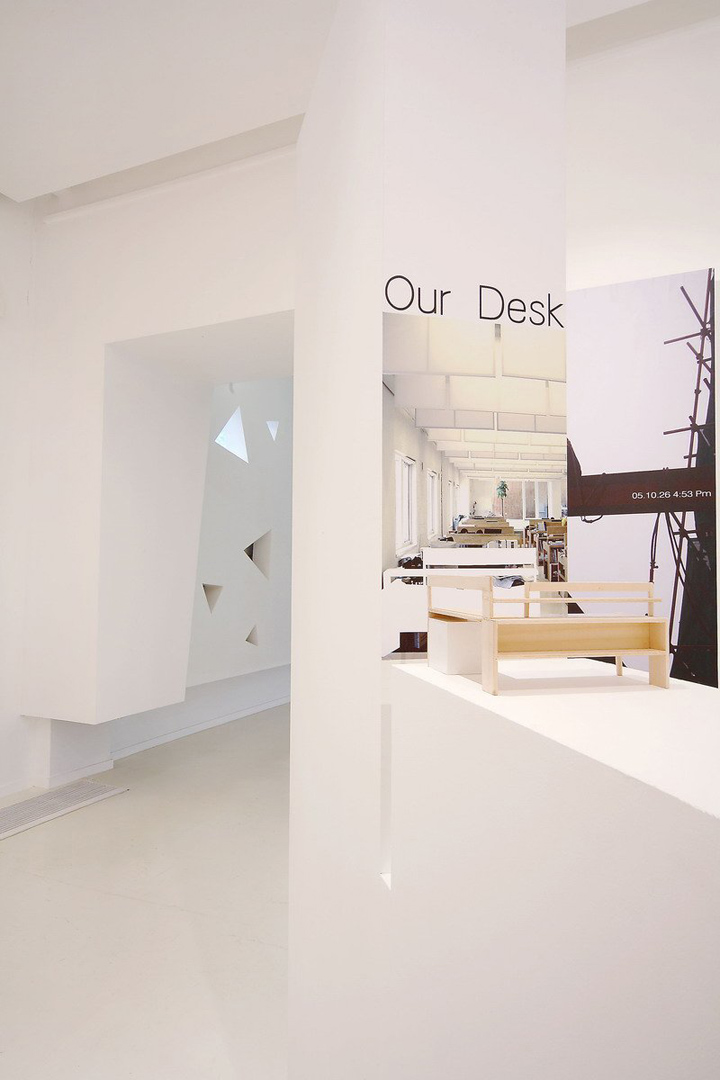
In modern context, awareness of culture and tradition requires creative thinking; it can not exist by following inherent form, but conforming contemporary and future aesthetic features. With new form, traditional culture may revitalize, just as a butterfly emerges from its cocoon.
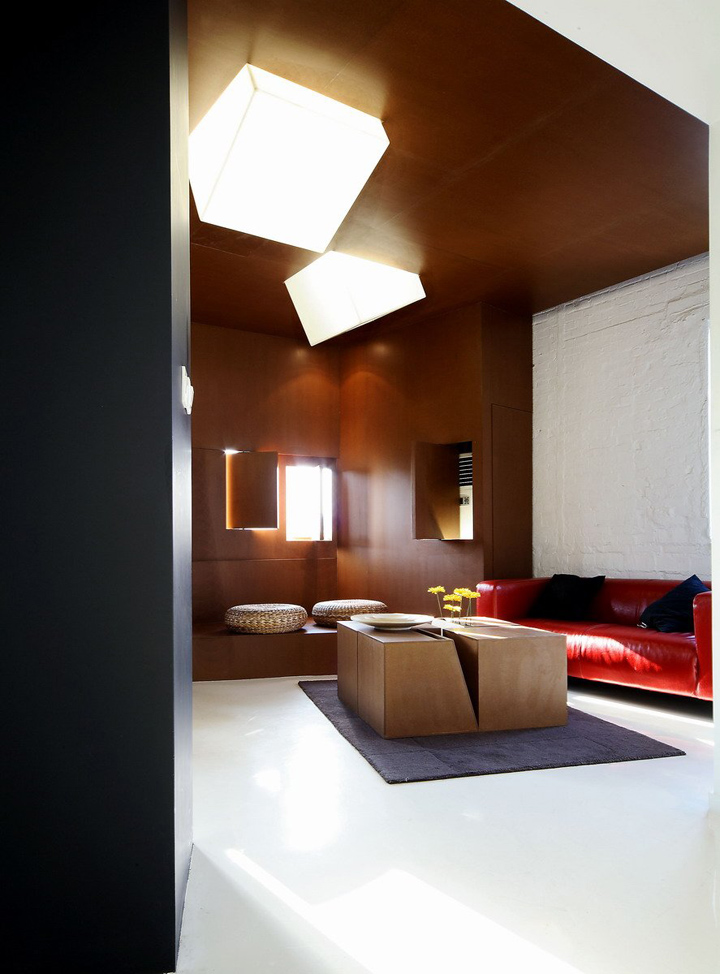
Based on these, we strengthen visual artistic expression with contemporary minimalist style in the building process, and try to use abstract forms as metaphor for traditional culture, in order to avoid plainness and weakness caused by simple symbolic fragments. Water, bamboo, mountain, courtyard and so on, these things conveyed at the spiritual level closely related to traditional Chinese cultural conceptions are what we are pursuing and trying to create. Strolling inside and outside, culture is to be passed down and remain prosperous through the process of experiencing the building top-down.
Designed by Mochen Architects & Engineers
Photography by Shu He and Lin Mingshu
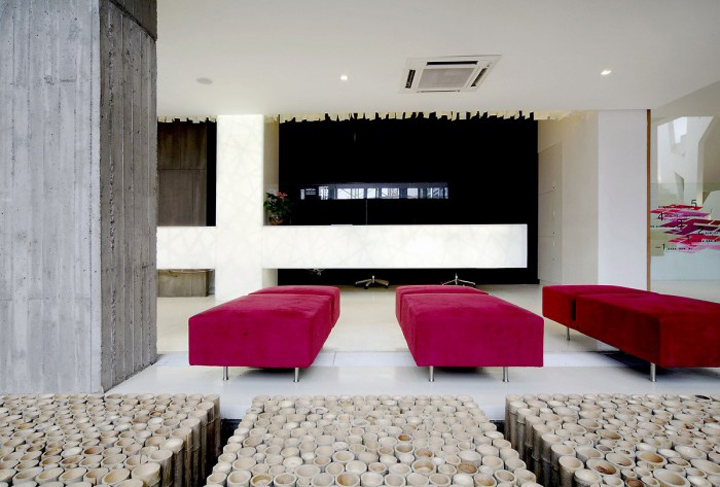
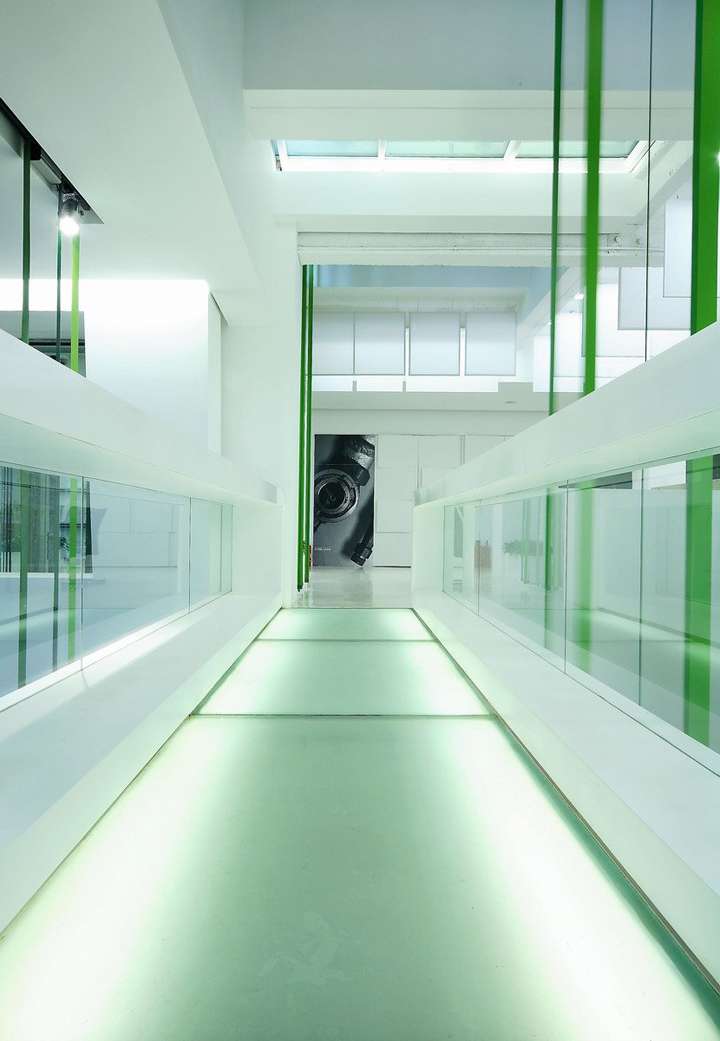
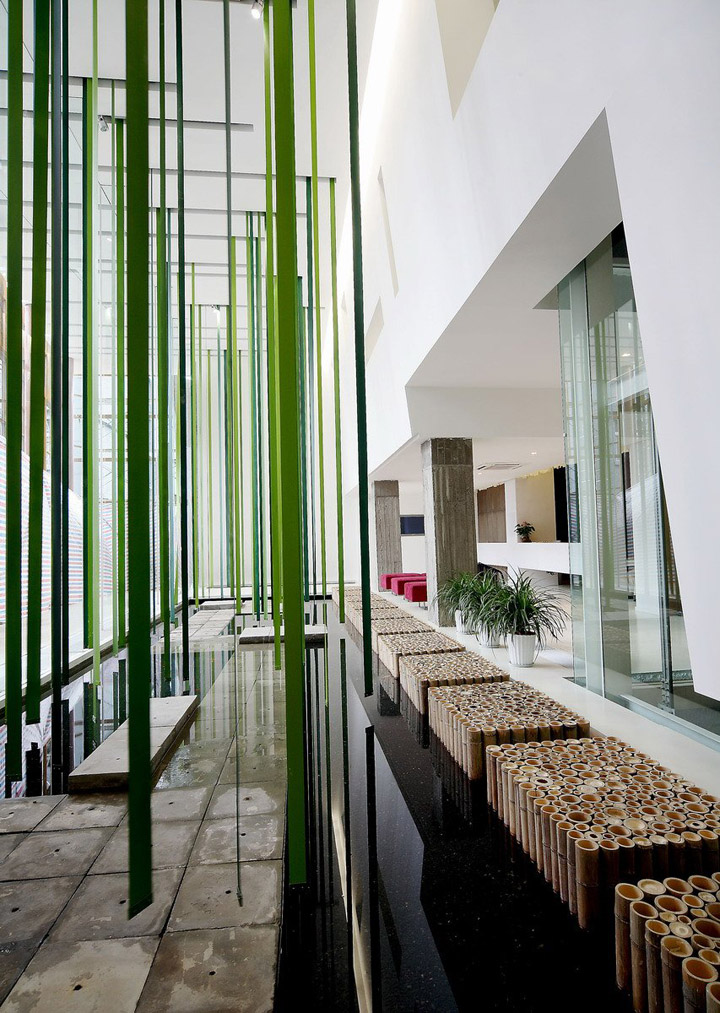
http://www.hometrendesign.com/contemporary-minimalist-style-mochen-office-interior-in-beijing-china










Add to collection
